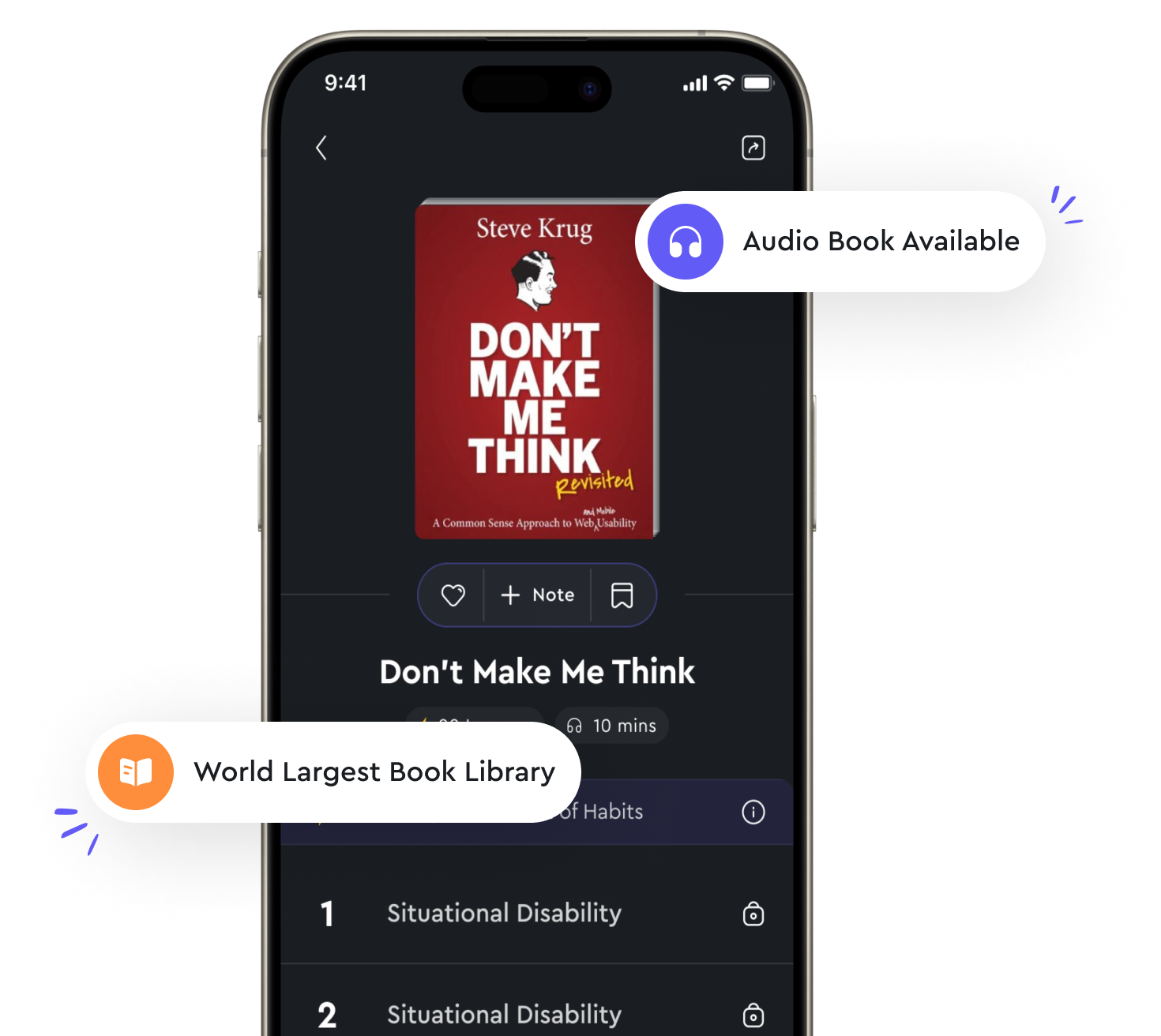Audio available in app
Get rid of unnecessary elements on your website to reduce cognitive load from "summary" of Don't Make Me Think, Revisited by Steve Krug
The key to creating a user-friendly website is to eliminate any elements that do not serve a clear purpose. These unnecessary elements only add to the cognitive load that users experience when navigating a site. Cognitive load refers to the amount of mental effort required to complete a task, and unnecessary elements only serve to increase this load for users. By reducing cognitive load, you make it easier for users to navigate your site and find the information they are looking for. This can be achieved by removing any elements that do not contribute to the overall purpose of the site or that distract users from their primary goal. This includes unnecessary graphics, text, links, or features that do not add value to the user experience. When designing a website, it is important to remember that every element on the page should have a clear purpose and contribute to the overall user experience. By eliminating unnecessary elements, you can streamline the user experience and make it easier for users to find what they are looking for. This not only reduces cognitive load but also improves the overall usability of the site.- By getting rid of unnecessary elements on your website, you can reduce cognitive load and create a more user-friendly experience for your visitors. This will ultimately lead to increased engagement and satisfaction with your site.

